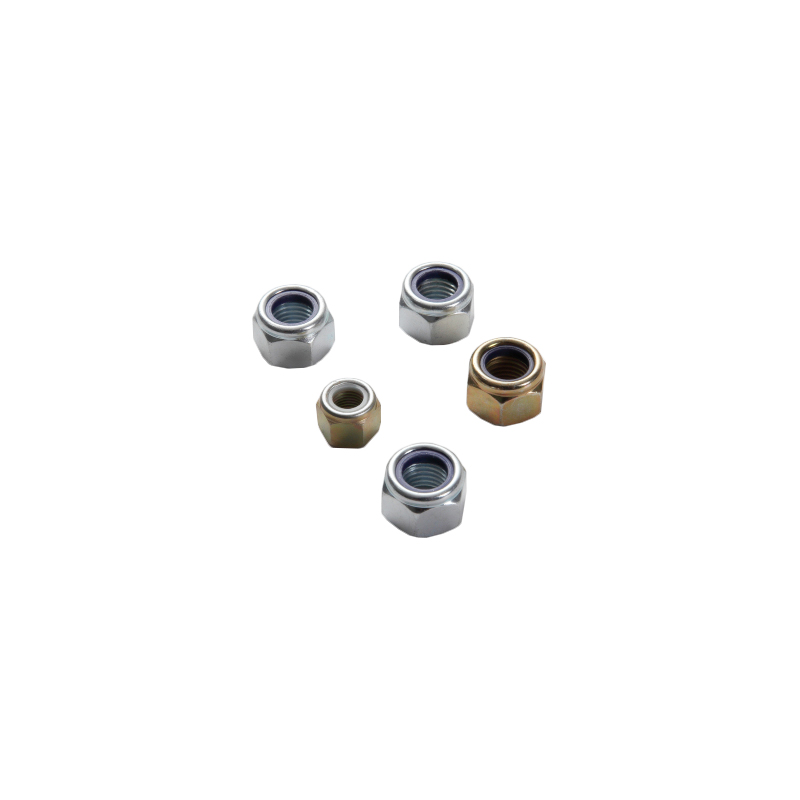How to optimize the coating or surface treatment process of Screw Washer to improve the rust prevention performance?
Optimizing the coating or surface treatment process of Automotive Screw Washer to improve rust resistance can be done from multiple aspects, such as material selection, coating technology, and process optimization. The following are some effective methods:
1. Select suitable anti-corrosion materials
Stainless steel: such as 304 and 316L, with strong corrosion resistance, suitable for humid and high-salt environments (such as marine environments).
Alloy steel + anti-rust coating: Commonly used in industrial equipment, it can improve mechanical strength and reduce the risk of rust.
Galvanized carbon steel: Economical and applicable, providing basic rust resistance.
2. Use advanced surface treatment technology
(1) Electroplating
Galvanized (Zinc Plating): Provides basic rust resistance and is suitable for ordinary environments. Optional colored zinc, blue-white zinc, black zinc, etc., to enhance corrosion resistance.
Nickel Plating: Enhances wear resistance and rust resistance, suitable for the electronics and precision instrument industries.
Chrome Plating: High hardness and high corrosion resistance, suitable for heavy industry or high-end equipment.

(2) Hot-dip Galvanizing (HDG)
Through high-temperature galvanizing at 450-480°C, a zinc layer of 50-150μm is formed, which is more corrosion-resistant than electroplating and suitable for outdoor, marine or humid environments.
Zn-Al Alloy Coating is available to further enhance the oxidation resistance.
(3) Dacromet Coating
Composed of zinc powder, aluminum powder, chromic acid and inorganic solvents, it does not contain the risk of hydrogen embrittlement and is suitable for high-strength screw washers.
The anti-rust performance is 7-10 times higher than electroplating zinc and can be used in automobiles, bridges, wind power and other fields.
(4) Fluorocarbon Coating (PTFE)
It has excellent corrosion resistance, low friction and high temperature tolerance (up to 300°C).
Commonly used in extreme environments such as chemical, petroleum, and marine engineering.
3. Optimize coating process and improve bonding strength
Sandblasting or phosphating: Enhance coating adhesion and avoid peeling.
Double-layer or multi-layer coating: such as galvanizing + organic sealing layer, further enhance corrosion resistance.
Curing treatment: High-temperature curing (180-250°C) after coating to improve durability.
4. Choose the right environmental protection strategy
In high humidity and high salt spray environments, it is recommended to use a combination of stainless steel + anti-rust coating for better protection.
For high temperature conditions, heat-resistant coatings (such as ceramic coatings or PTFE) are recommended to prevent the protective layer from failing due to increased temperature.
5. Quality inspection and optimization
Salt spray test (SST): Commonly used to evaluate the anti-rust ability of coatings, such as neutral salt spray test (NSS), which can last for 96-1000 hours.
Coating thickness detection: Ensure that the coating is uniform and does not cause protection failure due to insufficient thickness.
Adhesion test: Evaluate the durability of the coating through scratch test, pull-off test, etc.
In order to improve the anti-rust performance of the Automotive Screw Washer, it is possible to combine appropriate material selection (such as stainless steel or galvanized steel), optimize coating technology (electroplating, Dacromet, PTFE), improve pre-treatment process (sandblasting, phosphating), enhance environmental adaptability (salt spray test, sealing layer) and other strategies to achieve long-term anti-corrosion effects in different industrial scenarios.
And Get A Free Consultation!

 English
English 中文简体
中文简体





